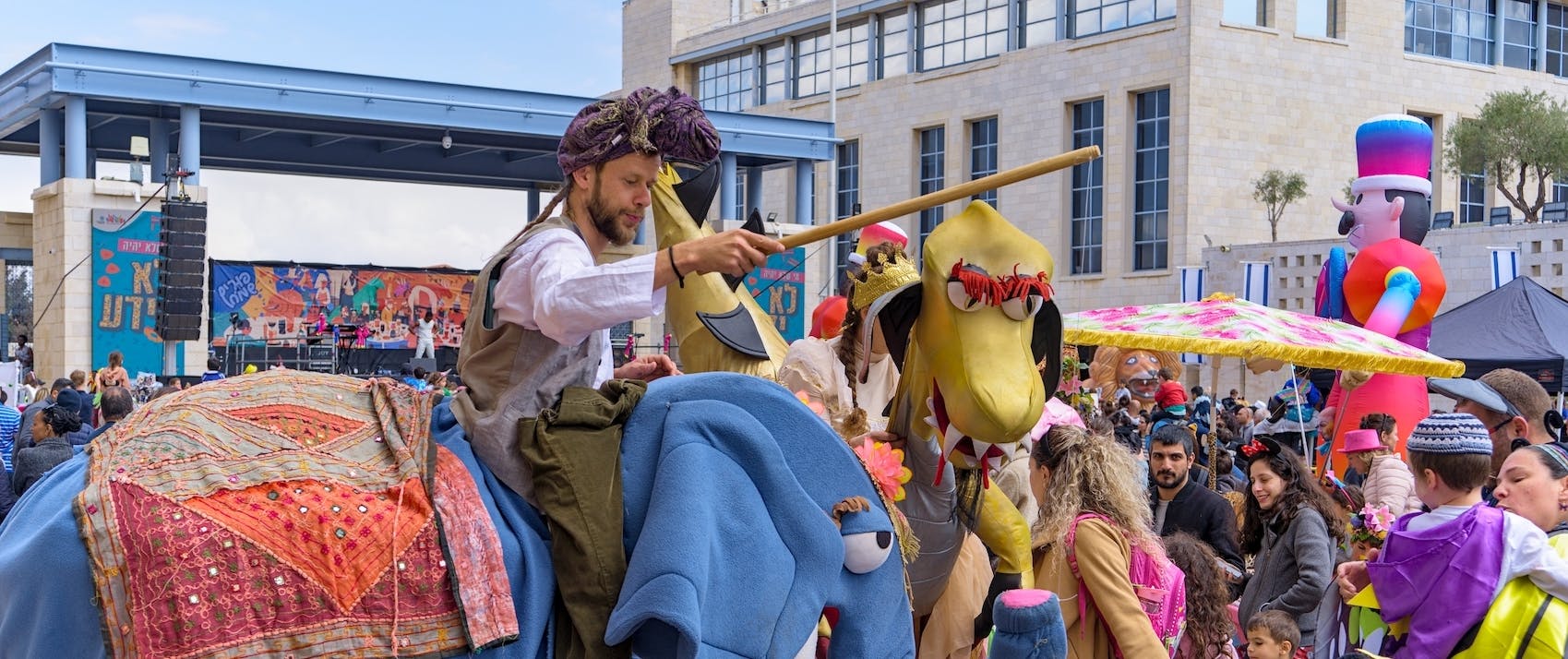Jesus left the temple and was going away, when his disciples came to point out to him the buildings of the temple. But he answered them, “You see all these, do you not? Truly, I say to you, there will not be left here one stone upon another that will not be thrown down.”
Matthew 24:1-2
Tisha B'Av is a sorrowful day for the Jewish people. In Israel, many will fast, pray, and visit the Western Wall to memorialise and mourn these tragedies. This is a day to acknowledge the great need that humanity has for redemption and a Saviour. Today, we thank God that he has come and offers all salvation and redemption through his Son, Yeshua.
"He will wipe every tear from their eyes. There will be no more death or mourning or crying or pain, for the old order of things has passed away."
Revelation 21:4
Tishah B'Av (תִּשְׁעָה בְּאָב, the "ninth [day] of [the month of] Av")—which falls on the 30th of July this year—is an annual fast day of mourning that recalls the many tragedies that have befallen the Jewish people over the centuries, some of which have occurred on the ninth day of the Hebrew month of Av. In particular, the following tragedies are all said to have occurred on this very day:
- The LORD decreed that the original generation rescued from Egypt would die out in the desert and be deprived of entering the Promised Land because of the Sin of the Spies (Num. 13-14)
- The destruction of the First Temple (Babylonians, 586 B.C.)
- The destruction of the Second Temple (Romans, 70 A.D.)
- In 135 A.D. the Jews rebelled against Roman rule under the false messiah Simon bar Kochba and were destroyed by Hadrian in the battle at Betar.
- The Gemara relates that Turnus Rufus, a Roman officer, ploughed the area of the Temple under. Rambam (Maimonides) added that all the homes in Jerusalem were likewise ploughed under at this time.
- The expulsion of the Jews from England in 1290
- The expulsion of the Jews from Spain in 1492
The Three Weeks of Sorrow
On the Jewish calendar, 21 days (running from the 17th of Tammuz through the 9th of Av) are set apart to commemorate the three weeks of tragedy that immediately preceded the destruction of the Holy Temple and the exile of the Jewish people from the Promised Land.
In Jewish tradition, these are called yemei bein ha-metzarim, "the days between the straights," a phrase taken directly from the mournful Book of Lamentations: "Judah has gone into exile ... her pursuers have all overtaken her in the midst of her distresses" (בֵּין הַמְּצָרִים).
Nine Days of Mourning
During the final nine days of the Three Weeks of Sorrow—beginning with Rosh Chodesh Av (i.e., Av 1) and ending on Tishah B'Av (i.e., Av 9)—observant Jews will begin emotionally preparing for the fast of Av. Typically marriages are not held during this time, and many Jews deliberately refrain from ostensibly pleasurable activities, such as listening to music, dancing, taking vacations, and sometimes even shaving. In fact, most Orthodox Jews will refrain from any activity that might require the recitation of the Shehecheyanu blessing.
The Lowest of the Low
Tishah B'Av is the low point of three weeks of mourning, starting with the fast of the 17th of Tammuz (undertaken to recall the first breach in the walls of Jerusalem by the Babylonians before the First Temple was destroyed). During these three weeks, weddings and parties are forbidden according to Jewish law. It is a time for solemn reflection and mourning for Israel.
On this 25-hour fast day (sundown to sundown), you cannot bathe, eat, drink, laugh, or adorn yourself. As a mourner you enter the synagogue and take off your shoes; you sit on low stools or the floor. No greetings are exchanged. Services at the synagogue include the reciting of the acrostic portions of Lamentations and the singing of dirges called kinnot (קִינוֹת).
On the eve of the fast, it is customary to eat a boiled egg sprinkled with ashes in silence.
Tishah B'Av and Prophecy
On the Jewish calendar, Tishah B'Av is "sandwiched" between the two times Moses received the tablets of the covenant, first during Shavuot and later, after a period of repentance, during Yom Kippur. This means that just two months after celebrating the Sinai revelation, we mourn for the destruction of the Temple and the beginning of our long exile; and two months later still, we celebrate national atonement and the restoration of the covenant during Yom Kippur.
All this is prophetic, of course, since Shavuot recalls the ascension of our Lord Yeshua and the giving of the Ruach HaKodesh (Holy Spirit); Tishah B'Av foretells of Israel's long exile and the "age of grace" extended to the Gentiles, and Yom Kippur foretells the coming atonement of the Jewish people at the end of the age when Israel accepts Yeshua as their great High Priest of the New Covenant (Jer. 30:24).
Although the fast ends at nightfall, the First Temple is said to have continued burning throughout the night and for most of the following day, the tenth of Av. It is therefore customary to maintain all restrictions of the nine days through midday of the following day.





